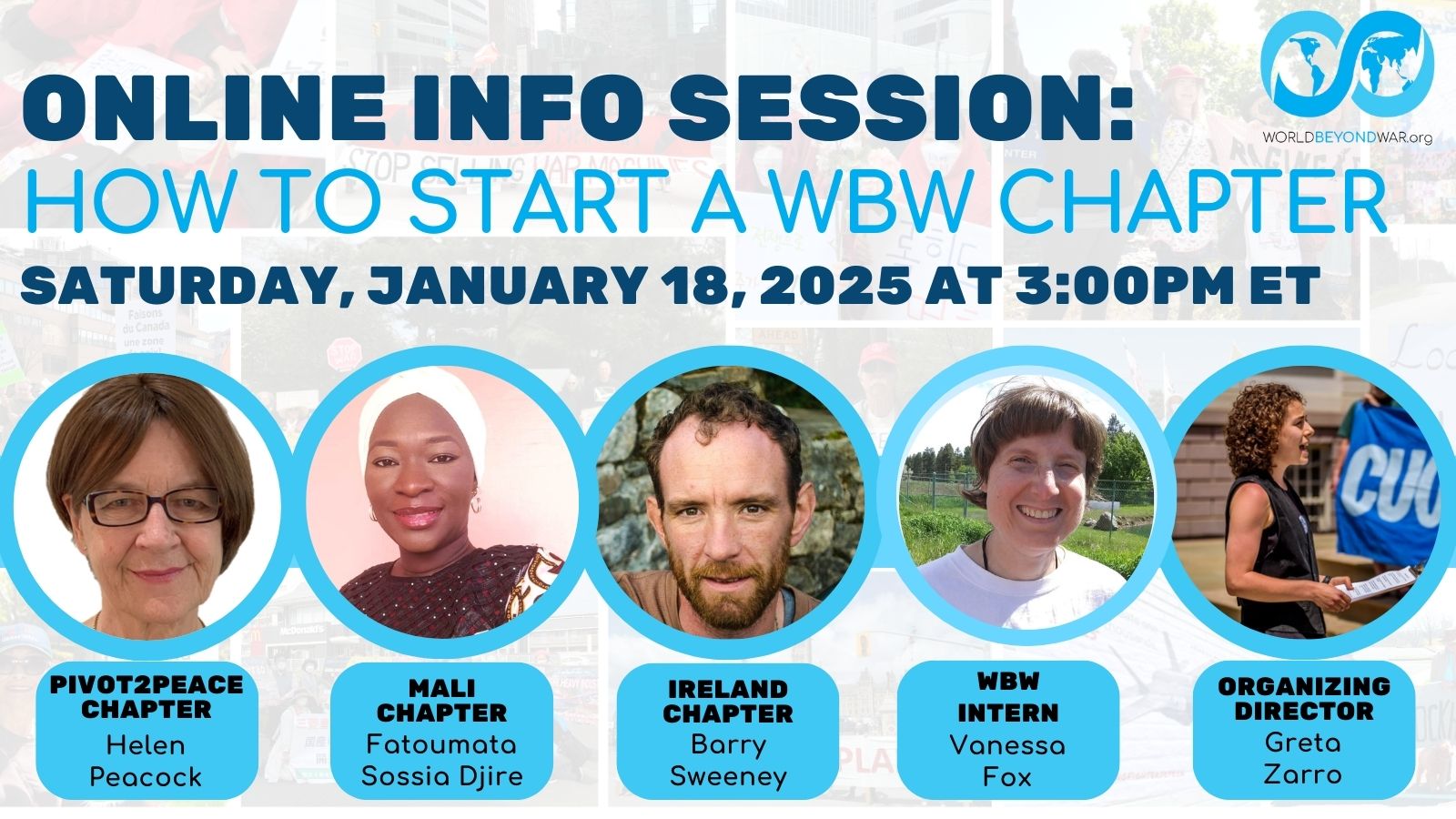By Kristin Christman
When selecting an approach to Mid-Eastern violence, rather than picturing beheadings, it helps to picture an iceberg. Aggressively-motivated militants who selfishly desire wealth, power, and blood may loom large in American imaginations, but they are only the tip of the iceberg. These are individuals who thrill in bloodshed, who love to make others quake in their boots, or who believe that cruelty can be virtuous.
Farther down this iceberg, we find defensively-motivated militants protecting life, home, power, freedom, values, and identity against Mid-Eastern autocrats, US policy, and sectarian hatred. Their violence may not be legitimate, but their motivations are understandable.
And there, submerged quietly beneath the ocean waters is the iceberg’s massive base: peaceful Mid-Easterners who condemn terrorist and militant violence but who share many grievances, including an abhorrence for US foreign policy.
We perceive the iceberg’s tip: stonings, beheadings, forced conversions. But do we learn that some militants are distressed by lack of charity to the poor? By the spiritual emptiness of material progress? By governmental brutality?
Consider the estimated 15,000 foreign fighters from more than 80 nations who have travelled to Syria to fight alongside ISIS, al-Nusra, and others. We are led to believe the conflict is primarily about barbaric Muslims who behead and slaughter. But that is only the tip of the iceberg, for these Muslims likely represent the vast array of aggressive and defensive motivations that were completely ignored after 9/11, were further aggravated by US invasions, and remain unaddressed.
So how does the US government approach this iceberg? Currently, by swinging an axe at it. But there are significant problems with this approach.
Hacking away at the iceberg does nothing to actually address the aggressive and defensive reasons causing Mid-Eastern violence. Militant bodies may die, but the invisible slots they fill in society will be replaced by new militants if the negative circumstances that shaped them still exist.
How do bombs and shipments of arms remedy unemployment, alienation, prejudice, and distrust? How do millions spent on weapons alleviate poverty? How do weapons repair disastrous irrigation problems and forge a satisfactory agreement about hydroelectricity and water rights between Syria, Iraq, and Turkey?
How do current US bombs dissolve anger over past US bombs and the US occupation of Iraq? Can bombs soothe the rage over an atomic Israel and the Palestinian plight? How can US bombs have power to weaken extremists’ fears of a Western-Zionist Crusade against the Mid-East?
By assailing the iceberg, by heightening threats to life, loved ones, freedom, home, and way of life, the US actually aggravates the problems leading to defensively-motivated violence. And, while attacking the iceberg may help to control or obliterate some aggressive mentalities, for every aggressive mentality destroyed, many more are created.
Governments and terrorists share a tiresome tool box of negative techniques which they use upon enemies: threats, bombs, invasions, kidnapping, isolation, confinement, intimidation, pain, killing. But, as neurobiologists are fully aware, repeatedly provoking fear or pain in organisms ignites aggression, and every one of these negative techniques causes debilitating effects on neurobiology that erode the capacity to be reasonable, caring, and peaceful.
In fact, that rusty tool box can virtually transform its victims into aggressors. What happens inside the brain? Peace-inducing serotonin levels plunge, alarm-triggering noradrenaline levels rise, and the hippocampus erodes, resulting in an exaggerated perception of threat, an exaggerated startle response, and reduction of the capacity to invent constructive, non-violent responses to threats. It’s not surprising that the unique brain biology of victims of violence closely resembles the brain biology of violent aggressors.
Aggressive mentalities are spawned by war, thrive upon war, and are perfectly camouflaged within it. So why arm one side against the other and inflame conflict, why simply attack the iceberg, rather than help solve problems?
Lastly, battling the iceberg wastes the potential for goodness. When reading why Muslims have journeyed over the past four decades to fight in Afghanistan, Lebanon, Bosnia, and Syria, one uncovers a range of motivations that include similarities to those that inspire Americans to join the military. Do decent motives – horror over suffering and injustice, desires for noble purpose, adventure, camaraderie, or a paycheck – justify killing? Of course not. But decent motives and understandable needs should be cherished and rechanneled.
Those who are violent often possess some legitimate grievances and positive motivations that are shared by numerous peaceful persons. If we could work proactively with non-violent groups to remedy legitimate grievances, the wind would be taken from the sail of those who believe only violence can achieve justice. If terrorism against the US, for example, could be addressed within the larger framework of anti-Americanism, a sentiment shared by many reasonable, peaceful people, we could redress wrongs and deflate terrorism in the process.
If we focus exclusively on the worst in the enemy, on the iceberg’s tip, we’ll react with excessive force and exacerbate the roots of violence. But if we address violence within the broader picture of the entire iceberg, if we listen to the viewpoints of its violent and peaceful members and their positive and negative motivations, our response will be more effective and humane.
Kristin Y. Christman is author of The Taxonomy of Peace: A Comprehensive Classification of the Roots and Escalators of Violence and 650 Solutions for Peace, an independently created project begun the September of 9/11 and located online. She is a homeschooling mother with degrees from Dartmouth College, Brown University, and the University at Albany in Russian and public administration. http://sites.google.com/site/paradigmforpeace











